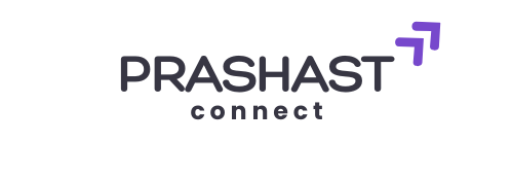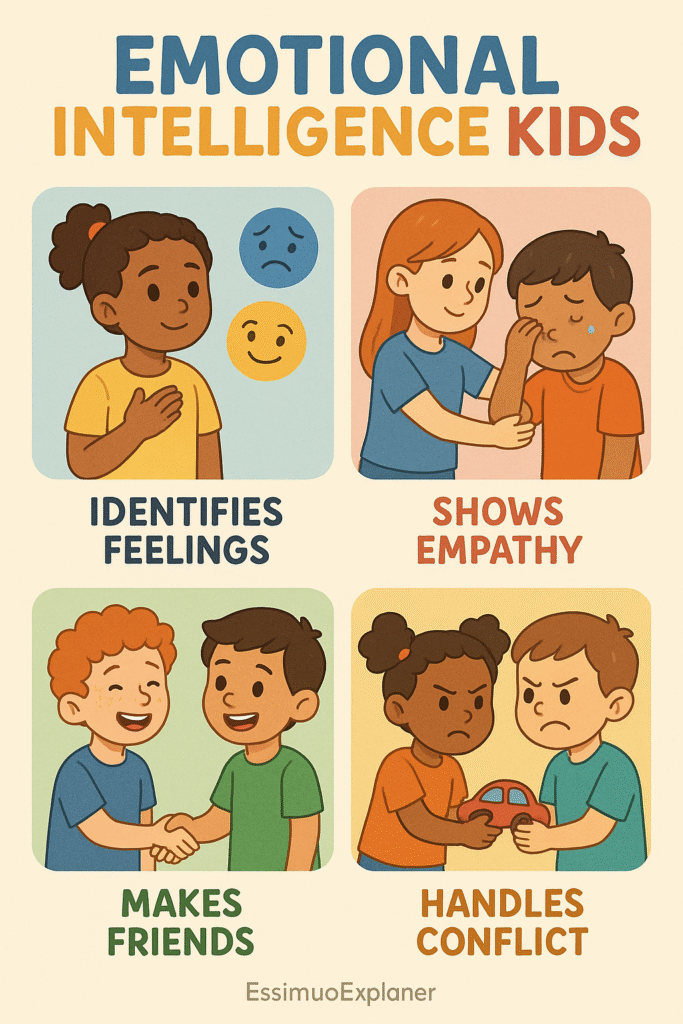Breaking Barriers: Government Programs for Differently-Abled Children in India
Introduction to Government Initiatives for Differently-Abled Children
The Indian government has been actively working to break barriers for differently-abled children by introducing various programs and policies. These initiatives aim to provide equal opportunities, inclusive education, and skill development to empower children with disabilities.
With over 2.2% of India’s population identified as differently-abled, the need for targeted interventions has never been more critical. Government programs are designed to address the unique challenges faced by these children and ensure their holistic development.
From inclusive education policies to healthcare services, the government has laid a strong foundation for creating an equitable society. These initiatives are complemented by collaborations with NGOs and private organizations.
One of the key focus areas is ensuring accessibility in schools, workplaces, and public spaces. Programs like the Accessible India Campaign are pivotal in achieving this goal.
By understanding the challenges faced by differently-abled children, the government aims to create tailored solutions that address their needs effectively.
In this article, we will explore the various government programs and policies that are breaking barriers for differently-abled children in India.
Understanding the Challenges Faced by Differently-Abled Children in India
Differently-abled children in India face numerous challenges, including social stigma, lack of accessibility, and limited educational opportunities. These barriers often prevent them from reaching their full potential.
One of the major issues is the lack of awareness among parents and educators about the needs of differently-abled children. This often leads to inadequate support systems in schools and homes.
Infrastructure in schools and public spaces is another significant challenge. Many buildings lack ramps, elevators, and accessible restrooms, making it difficult for children with physical disabilities to navigate.
Financial constraints also play a role in limiting access to specialized education and healthcare services. Many families cannot afford therapies, assistive devices, or private schooling.
Social stigma and discrimination further exacerbate the problem. Differently-abled children often face bullying and exclusion, which can impact their mental health and self-esteem.
Addressing these challenges requires a multi-pronged approach, including policy changes, awareness campaigns, and community involvement.
Key Policies Supporting Inclusive Education
Inclusive education is a cornerstone of government programs for differently-abled children in India. Policies like the Sarva Shiksha Abhiyan (SSA) aim to integrate children with disabilities into mainstream schools.
The Right to Education (RTE) Act mandates that all children, including those with disabilities, have access to free and compulsory education. This has led to increased enrollment rates among differently-abled students.
Special educators and resource centers are being established under various government schemes to support inclusive education. These facilities provide tailored learning experiences for children with disabilities.
The government also offers financial assistance to schools for creating accessible infrastructure, such as ramps, elevators, and Braille books.
Real-world examples include schools in Kerala and Tamil Nadu that have successfully implemented inclusive education models, setting benchmarks for other states.
Despite these efforts, challenges remain, such as the shortage of trained special educators and the need for more inclusive teaching methodologies.
The Role of the Rights of Persons with Disabilities Act, 2016
The Rights of Persons with Disabilities (RPWD) Act, 2016, is a landmark legislation that has significantly impacted the lives of differently-abled children in India.
The Act recognizes 21 types of disabilities and provides a comprehensive framework for their rights, including education, healthcare, and employment.
Under the RPWD Act, schools are required to provide inclusive education and make necessary accommodations for differently-abled students.
The Act also mandates the creation of accessible infrastructure in public spaces, ensuring that differently-abled children can move freely and safely.
One of the key provisions is the reservation of seats in educational institutions and government jobs for persons with disabilities.
Case studies from states like Maharashtra and Karnataka show how the RPWD Act has been effectively implemented to benefit differently-abled children.
Accessible India Campaign: Bridging the Gap in Infrastructure
The Accessible India Campaign, launched in 2015, aims to make public spaces and transportation systems accessible to differently-abled individuals.
Under this campaign, schools, colleges, and government buildings are being retrofitted with ramps, elevators, and accessible restrooms.
Transportation systems, including buses and trains, are being modified to accommodate differently-abled passengers. This has significantly improved mobility for children with disabilities.
The campaign also focuses on creating awareness about the importance of accessibility in achieving an inclusive society.
Real-world examples include the installation of Braille signage in railway stations and the introduction of accessible buses in cities like Delhi and Bengaluru.
While progress has been made, challenges such as funding and implementation delays need to be addressed to achieve the campaign’s goals fully.
Scholarships and Financial Aid for Differently-Abled Students
Financial aid is crucial for ensuring that differently-abled children have access to quality education and healthcare services.
The Indian government offers various scholarships for differently-abled students, such as the National Scholarship Scheme for Persons with Disabilities.
These scholarships cover tuition fees, assistive devices, and other educational expenses, making it easier for families to support their children’s education.
State governments also provide financial assistance through schemes like the Disability Pension and Education Grants.
Real-world examples include students from economically weaker sections who have benefited from these scholarships to pursue higher education.
Despite these initiatives, awareness about available scholarships remains low, highlighting the need for better outreach programs.
Skill Development Programs for Empowering Differently-Abled Youth
Skill development programs are essential for empowering differently-abled youth and preparing them for the workforce.
The government has launched initiatives like the Skill India Mission to provide vocational training to differently-abled individuals.
These programs focus on sectors like IT, hospitality, and manufacturing, where differently-abled individuals can excel.
Special training centers equipped with assistive technologies are being established to cater to the needs of differently-abled trainees.
Real-world examples include success stories of differently-abled individuals who have secured jobs in leading companies after completing skill development programs.
Challenges such as the lack of accessible training centers and limited job opportunities need to be addressed to make these programs more effective.
Healthcare and Rehabilitation Services for Differently-Abled Children
Healthcare and rehabilitation services are vital for the well-being of differently-abled children. The government has introduced several programs to provide these services.
Initiatives like the Rashtriya Bal Swasthya Karyakram (RBSK) focus on early detection and intervention for disabilities in children.
Specialized hospitals and clinics are being set up to provide therapies, surgeries, and assistive devices to differently-abled children.
The government also offers financial assistance for medical treatments and rehabilitation services under various schemes.
Real-world examples include children who have benefited from free surgeries and therapies provided under government programs.
Despite these efforts, challenges such as the shortage of specialized healthcare professionals and limited access to services in rural areas remain.
Collaborations with NGOs and Private Sector for Greater Impact
Collaborations with NGOs and the private sector play a crucial role in enhancing the impact of government programs for differently-abled children.
NGOs like Prashast Foundation work closely with the government to provide disability screening and inclusive education services. Learn more about disability screening and inclusive education here.
The private sector contributes by funding initiatives, providing job opportunities, and developing assistive technologies for differently-abled individuals.
Real-world examples include partnerships between state governments and NGOs to implement inclusive education models in schools.
Corporate social responsibility (CSR) initiatives also play a significant role in supporting skill development and healthcare programs for differently-abled children.
These collaborations ensure that resources are utilized effectively and reach the intended beneficiaries.
Future Roadmap: Strengthening Support Systems for Differently-Abled Children
While significant progress has been made, there is still a long way to go in breaking barriers for differently-abled children in India.
The future roadmap should focus on strengthening support systems, including inclusive education, accessible infrastructure, and skill development programs.
Awareness campaigns are essential to reduce social stigma and encourage community involvement in supporting differently-abled children.
Technology can play a pivotal role in creating innovative solutions for education, healthcare, and employment for differently-abled individuals.
Increased funding and better implementation of existing programs are crucial for achieving the desired outcomes.
By working together, the government, NGOs, private sector, and community can create a more inclusive society for differently-abled children.
Conclusion
Breaking barriers for differently-abled children in India requires a collective effort from all stakeholders. Government programs, policies, and collaborations are paving the way for an inclusive society.
From inclusive education to skill development and healthcare services, these initiatives are empowering differently-abled children to lead fulfilling lives.
While challenges remain, the future looks promising with increased awareness, better implementation, and innovative solutions.
By addressing the unique needs of differently-abled children, India can truly break barriers and create an equitable society for all.
FAQs
- What are the key government programs for differently-abled children in India?
- Key programs include the Accessible India Campaign, Sarva Shiksha Abhiyan, and the Rights of Persons with Disabilities Act, 2016.
- How does the government support inclusive education for differently-abled children?
- The government provides financial assistance, special educators, and accessible infrastructure to support inclusive education.
- What financial aid is available for differently-abled students?
- Scholarships like the National Scholarship Scheme for Persons with Disabilities cover tuition fees, assistive devices, and other expenses.
- How can NGOs contribute to breaking barriers for differently-abled children?
- NGOs collaborate with the government to provide disability screening, inclusive education, and skill development programs. Learn more at Prashast Foundation.


